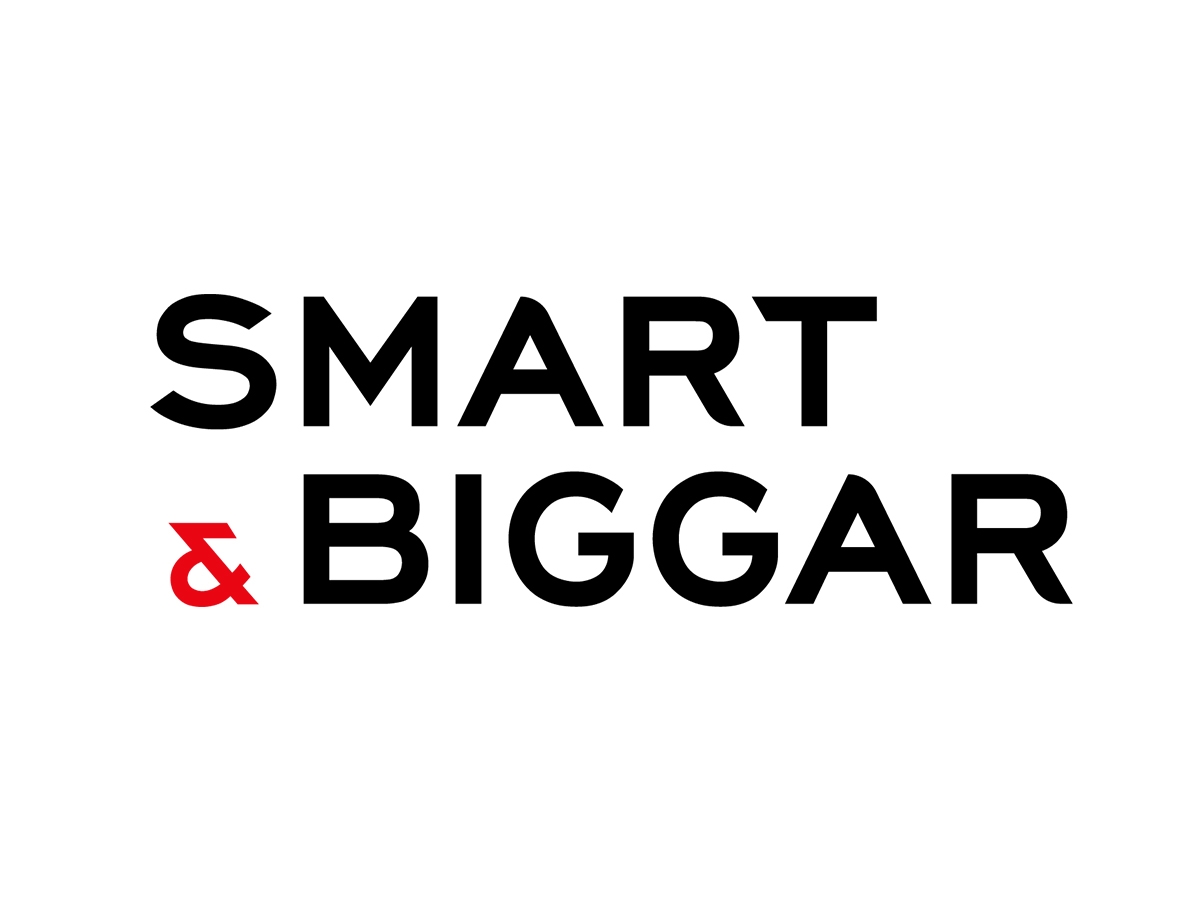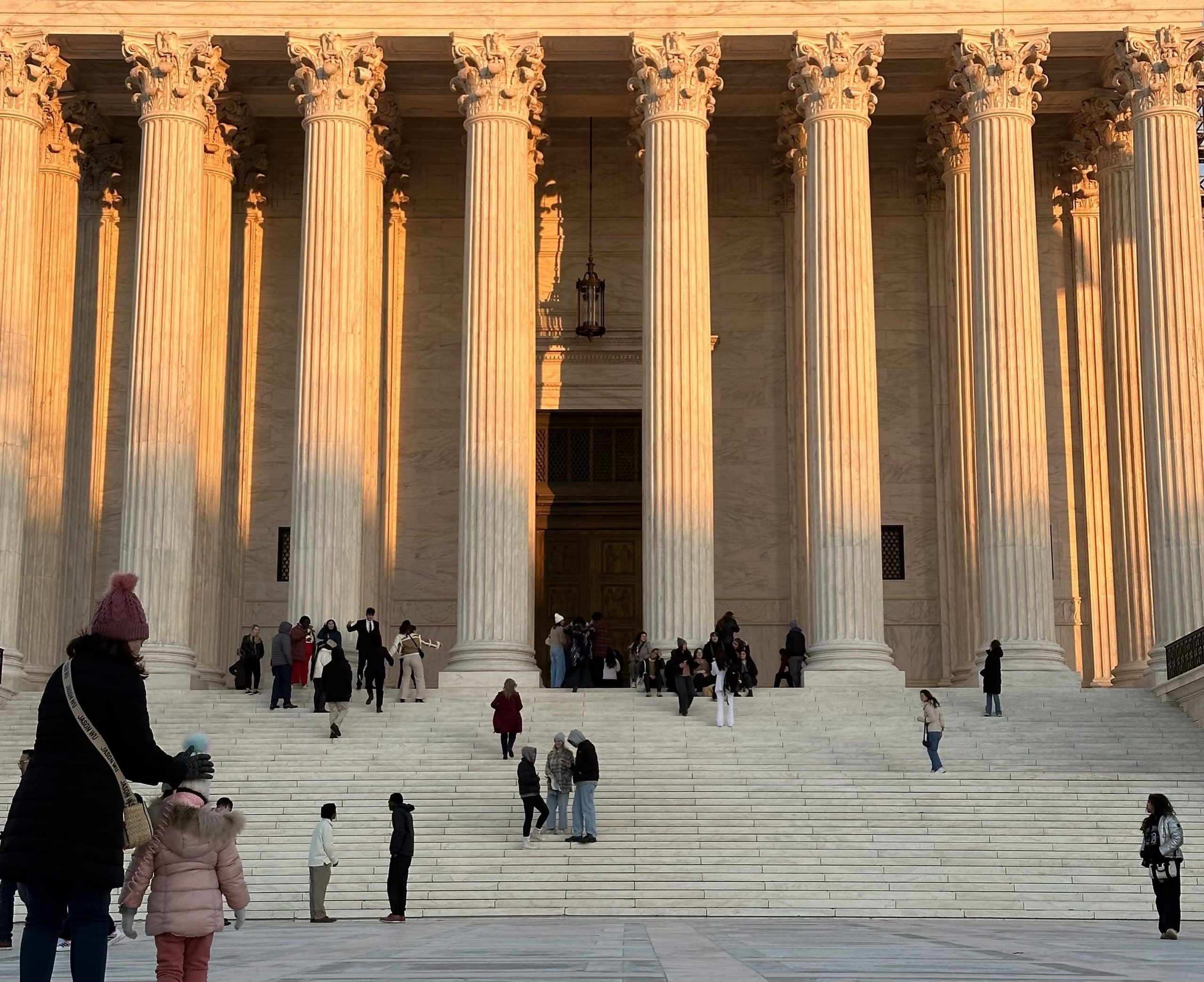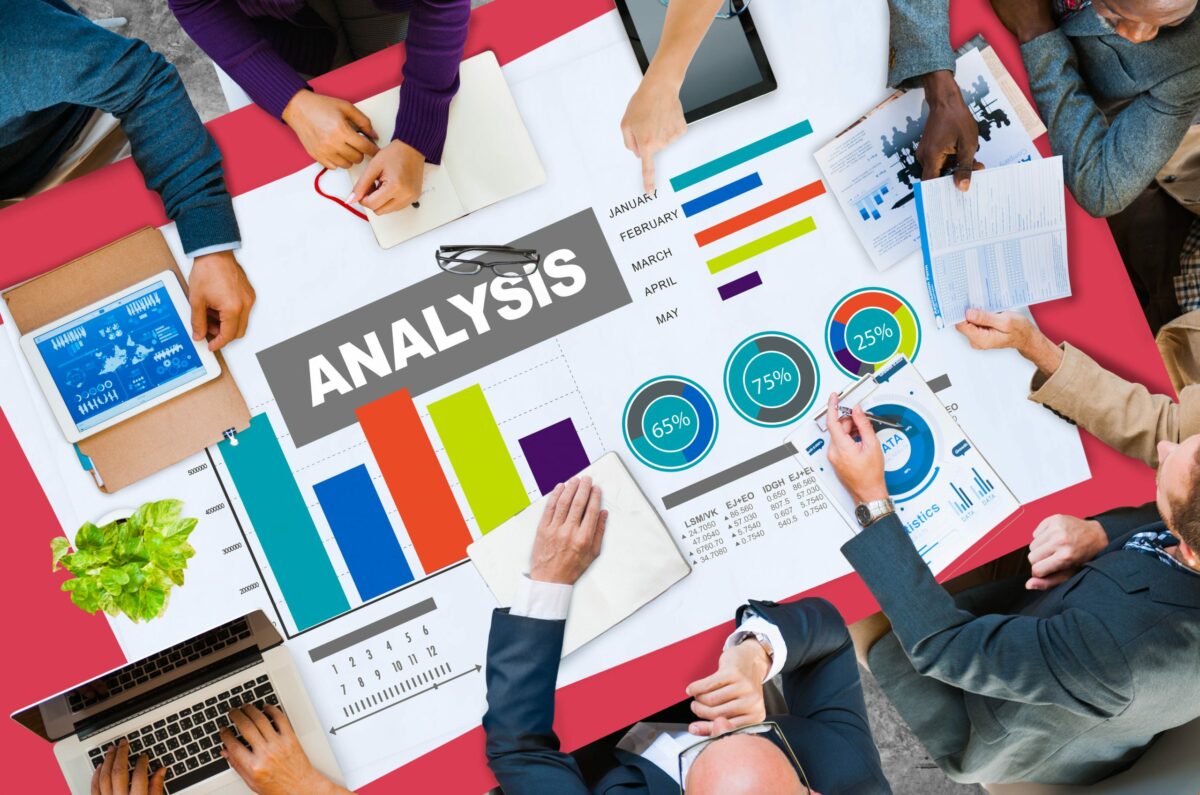‘MacGyvering’ Inventorship – It’s Much More than a TV Trope
“The potential ramifications of incorrect inventorship include invalidation or unenforceability of the patent. That’s why it is crucial to get the right and true inventors on a patent.”
Source: Wikipedia
Richard Dean Anderson popularized the famous character of Angus MacGyver in the 1980s TV Show, MacGyver. The character of MacGyver overcame obstacles by making equipment out of anything he could find, such as a paper clip, a piece of gum, and a tennis shoe – all compiled miraculously to somehow defeat the bad guy and save the day.
While MacGyver is a TV institution that demonstrates the resourcefulness of the inventor persona in popular media, in patent law, inventorship is more complex and requires the application of U.S. Codes and case law with a thorough factual analysis of the contributions of the inventors. Part of the innovation journey for an innovator may be filing a patent application with the United States Patent and Trademark Office (USPTO). While patents are not required for an innovator to achieve their societal and economic impact, patenting can be a valuable step depending on the innovation plan. The question then becomes – who is an inventor? How does one determine who is listed on the application?
Naming Inventors
Patent attorneys apply strict legal standards in naming the inventors on a patent application. In the simplest summary of these legal standards, Title 35, section 101 of the United States Code authorizes anyone who invents or discovers inventive subject matter to obtain a patent. Also, conception is an important factor in the determination of inventors. Burroughs Wellcome Co. v. Barr Labs., Inc., 40 F.3d 1223, 1227-28 (Fed. Cir. 1994) (“Conception is the touchstone of inventorship, the completion of the mental part of invention.”)
U.S. courts have ruled that conception is “the formation in the mind of the inventor of a definite and permanent idea of the complete and operative invention…” Townsend v. Smith, 36 F.2d 292, 295 (CCPA 1929) An invention is “complete and operative” when a person of ordinary skill in the art could make the invention without extensive research or experimentation. Id
Often in patent applications, more than one inventor is listed, resulting in joint inventorship. 35 U.S.C. § 116(a). Joint inventorship is its own quagmire of analysis which can feel like sifting through the contributions of each innovator with a fine-toothed comb. If the patent application only has one named inventor, it is called a sole inventor. When the patent application has multiple named inventors, they are considered joint inventors. In many private companies, academic institutions, or startups an intake form is where this analysis begins, as these forms require all who have contributed to an invention to be listed on the form. However, the final list of inventors named on a patent application may be different than what was noted on an invention intake form. The patent attorney will discuss the contributions of each person before making a final legal determination.
Here are 10 tips to keep in mind when working with an inventor on your patent application:
1) Working under a services or contractual agreement
Generally, a “pair of hired hands” is not an inventor. Shatterproof Glass Corp. v. Libbey-Owens Ford Co., 758 F.2d 613, 624 (Fed. Cir. 1985) (“An inventor may ‘use the services, ideas, and aid of others in the process of perfecting his invention without losing the right to patent.’”) A researcher or scientist may contract with a vendor to work on the project. If the hired hands changed something in the conception or the “ingenuity” of the invention there could be inventiveness. For example, an engineer could hire a draftsman to draw a model of an improved car engine on CAD. If the draftsman only took the engineer’s specifications and made the blueprint, it could be said the draftsman was a pair of hired hands and did not contribute to the conception behind the improved car engine. However, if the draftsman, while creating the blueprint, suggests to the engineer adding a mesh cap instead of a solid cap to a piece of piping, it could be deemed inventive.
2) Working independently but under an inventor’s request might be inventive.
For example, Professor Haneen at a university developed a compound that has been shown to reduce inflammation in gastrointestinal disorders. Haneen hired Erika, a laboratory crystallography expert, to identify the exact substances in the compound. Erika works under Haneen’s supervision. Haneen files for a patent for the novel compound. Should Erika be listed as an inventor on the patent application? Running routine assays or testing under the direct supervision of a supervisor does not deem the person an inventor. Id. However, scrutiny should be given in case any changes were made to the concept. If Erika suggested changing the concentration of substance A in the novel compound to create more stability, and that ends up in the patent claimed language, then Erika may be entitled to be an inventor.
3) Providing funding is not inventive – usually.
Scientists need money for their research. The money pays for staff, supplies, overhead, long term studies, and development of ideas. These funds can come in the form of research grants, fellowships, project support, and research sponsorships. Usually, it is the principal researcher or a dedicated person who does this important work to seek funding to support the innovation. Should this person be included as an inventor on a patent application? Just because a person helped with the important task of getting funds for an experiment or project does not mean they should be a named inventor. Robert M. Yeh, PATENT LAW: The Public Paid for the Invention: Who Owns it? 27 Berkeley Tech. L.J. 453 (2012) (“[B]y always giving the inventor immutable inventorship recognition and initial ownership of the invention, patent law emphasizes the inventor’s genius over an employer’s and funder’s tangible contributions, integral to the inventive enterprise as they may be.”). That person is no doubt important, but inventorship is a legal determination. If the person did not contribute to the conception of the invention, they are not an inventor. Burroughs Wellcome Co. v. Barr Labs., Inc., 40 F.3d 1223, 1227-28 (Fed. Cir. 1994).
4) Authorship is not the same as inventorship.
Scientific papers have authors listed under the title. These authors are organized by relative contributions to the work or they are listed alphabetically.
Let’s say the authors of a scientific paper will be pursuing patent protection. Should all the authors of a scientific paper also be listed as inventors on a patent application? When someone is listed as an author on a manuscript for an innovation, it does not mean they should also be listed as an inventor on a patent application. In Re Katz, 687 F.2d 450, 455 (C.C.P.A. 1982). Authors are no less important than inventors, but they are not the same when it comes to patent applications. Author criteria varies. An author can be someone who significantly contributed to the work, or someone who drafted and revised the wording. That does not necessarily fall under inventorship. Contribution to the claimed patent language is what determines inventorship. Ethicon, Inc. v. U.S. Surgical Corp., 135 F.3d 1456 (Fed. Cir. 1998) (Court upheld a finding of joint inventorship when one inventor contributed to only two out of 55 claims).
5) Contributing to “less than” all aspects of the conception of an invention is fine.
An inventor can contribute to only one aspect of an invention and not the invention as a whole. Id. For example, Inventor Jai designs an oil-powered engine for a vehicle. He wants to patent the oil powered engine as a system. He was working with Inventor Ira, who designed only the start/stop mechanism of the engine. Inventor Ira’s contributions need not be equal in size or scope to Inventor Jai’s contributions to be listed as a joint inventor on a patent application. Both Jai and Ira can be listed on the patent application as inventors, if the engine as a whole and the start/stop mechanism are claimed in the application. However, keep in mind that if the contribution is “insignificant in quality” the joint inventorship standard may not be met. Pannu v. Iolab Corp., 155 F.3d 1344 (Fed. Cir. 1998). According to the Pannu factors, an inventor must have contributed in some significant manner and done more than merely explain well known concepts and/or current state of the art. The Federal Circuit recently ruled on this point in HIP Inc. v. Hormel Foods Corp. No. 2022-1696, _ F.4th ___ (Fed. Cir. May 2, 2023) and HIP’spetition for writ of certiorari was denied in November 2023..
6) Pay attention to collaboration and concerted effort.
Collaboration between institutions is important in science and technology as a way of advancing technology. Organizations will often share resources and information with outside entities to move their projects forward. In science, this can look like two scientists from different universities publishing a paper together, meeting to discuss ideas over a span of time, change research plans, and/or share reagents and materials. As an example, Dr. Om at Seattle Children’s Hospital has been working for years on a new orthotic for children born with club feet. He has been meeting with Dr. Shiv from the University of Cape Town for years to discuss improvements and ideas on this orthotic. Dr. Shiv also sent him sample foot molds taken from children with the disability that helped Dr. Om indirectly – he used the molds as data points to finalize a design. In their third year of professional camaraderie, they published a paper together on club foot orthotic design. If Dr. Om decides to pursue patent protection on a new orthotic design, should Dr. Shiv, as a collaborator, also be included as an inventor on Dr. Om’s design? This situation requires factual scrutiny of the nature of the collaboration that took place between the collaborators. Fina Oil & Chem. Co. v. Ewen, 123 F.3d 1466, 1473 (Fed. Cir. 1997) and Dana-Farber Cancer Institute v. Ono Pharmaceutical Co., (Fed. Cir. 2020). Dr. Shiv may or may not be a joint inventor because of the combined resources, sharing ideas, sharing data, and filing papers together.
7) Inventorship is a separate analysis from patentability.
Patentability and inventorship are two separate considerations. Under patentability standards, the invention must have subject matter eligibility, the invention must be new, and the invention must be non-obvious. Graham v. John Deere Co., 383 U.S. 1, 12 (1966); See 35 U.S.C. §§ 101-103. 35 U.S.C. 101 says the subject matter of an invention must be either a process, machine, manufacturer, or composition of matter. Out of these four acceptable categories, there are judicial exceptions, including abstract ideas, laws of natures, and natural phenomena. Association for Molecular Pathology v. Myriad Genetics, Inc., 569 U.S. 576, 589 (2013). Courts and legislatures are still battling over the scope of this controversial statute. 35 U.S.C. 102 defines when an invention is deemed new or novel. An invention can be anticipated, or not novel, when there is a reference or prior art that teaches every element in the present invention. Advanced Display Sys. v. Kent State Univ., 212 F.3d 1272, 1282 (Fed. Cir. 2000) .35 U.S.C. 103 defines non obviousness as when the differences between the claimed invention and the prior art are such that the claimed invention as a whole would have been obvious before the effective filing date of the claimed invention to a person having ordinary skill in the art.
8) Inventorship vs. Ownership
Inventors on a patent application are not necessarily owners, and vice versa. Beech Aircraft Corp. v. Edo Corp., 990 F.2d 1237, 1248 (Fed. Cir. 1993) (“At the heart of any ownership analysis lies the question of who first invented the subject matter at issue, because the patent right initially vests in the inventor who may then, barring any restrictions to the contrary, transfer that right to another, and so forth. However, who ultimately possesses ownership rights in that subject matter has no bearing whatsoever on the question of who actually invented that subject matter”). The entity that owns the patent is a different consideration from inventorship. Id. If a company or organization has filed the patent as the applicant, their policies and agreements will often reflect the ownership policies. Banks v. Unisys Corp., 228 F.3d 1357, 1359 (Fed. Cir. 2000) (The general rule is that an individual owns the patent rights to the subject matter of which he is an inventor, even though he conceived it or reduced it to practice in the course of his employment. There are two exceptions to this rule: first, an employer owns an employee’s invention if the employee is a party to an express contract to that effect…”).
Ascertaining ownership on a patent application can be done through reviewing the recorded assignments on a patent. Assignments are transfers by a party of all or part of its right, title and interest in a patent or patent application.
9) Named inventors on a patent application can change and be corrected.
There is a presumption that inventors on a patent application are correct. 35 U.S.C. 102(f). A provisional patent application is an initial priority application for a patent. 35 U.S.C. § 111(b)(4). A year after a provisional filing, a non provisional or Patent Cooperation Treaty (PCT) filing is usually the next step in the patent process. Inventors are listed on both of these applications. However, if there is additional or new data added to the non provisional/PCT application, a new inventor may need to be added to that application. What matters is the claimed subject matter. If claims are amended or changed during the examination of the patent application, then the inventors who contributed to those claims may need to be removed as inventors. This can also happen during a restriction requirement, a type of office action from the USPTO that occurs after a non-provisional or PCT application is filed. Furthermore, if an error was made and an inventor was omitted from an application, a request for correction on a patent application relating to an inventor can be made through a rule 37 CFR 1.48 or 92bis form.
10) Artificial Intelligence and Inventorship
The rise of artificial intelligence is not only shaking up technology as we know it, but it is causing chinks in the foundation of inventorship in patent law. Individuals or people can be named as inventors. But what if a computer invented the machine? The supreme court has refused to decide on this question. Thaler v. Vidal, 43 F.4th 1207 (Fed. Cir. 2002) (Holding that an inventor must be a natural person), cert. denied, 143 S. Ct. 1783. The USPTO has clarified that artificial intelligence cannot be identified as an inventor on patents, and that the focus remains on human contributions. The USPTO has also issued guidance to clarify AI and inventorship: Digging into the USPTO’s AI Guidance.
In conclusion, the potential ramifications of incorrect inventorship include invalidation or unenforceability of the patent. That’s why it is crucial to get the right and true inventors on a patent. It is worth the time to scrutinize a list of inventors on a patent application, and remedy if needed.
The author would like to thank Robyn Adams for her feedback and support, and Matt Saling for his help with citations.






